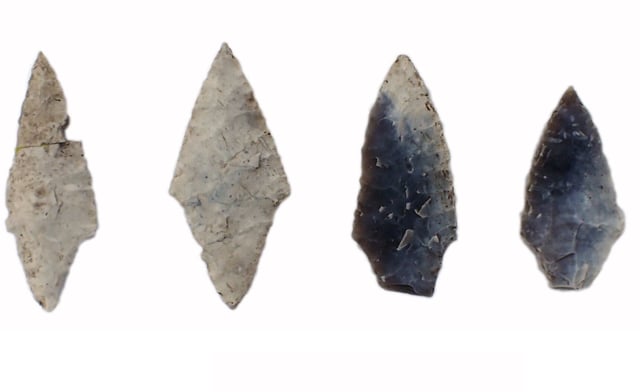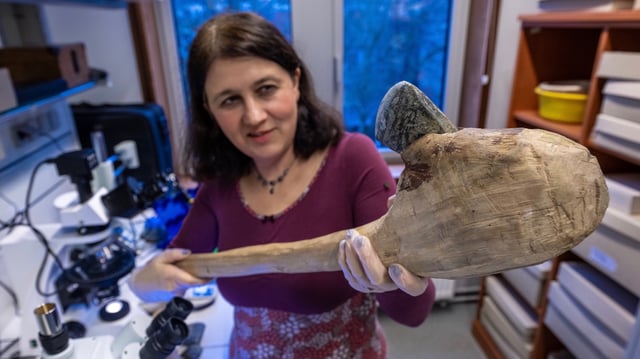Overview
- The peer-reviewed study, published in PLOS One, comes from the Stone Dead Project led by Dr Aimée Little at the University of York with European partners and AHRC funding.
- Zvejnieki, in northern Latvia, is among Europe’s largest Stone Age cemeteries, used for more than 5,000 years and containing over 330 graves.
- Women were as likely or more likely than men to be buried with stone tools, with children and older adults the most frequent recipients of lithic artefacts.
- Use-wear and residue evidence shows some tools were used to work animal hides, while others were newly made for burial and intentionally broken as part of funerary rites.
- The findings challenge the long-standing “Man the Hunter” model and prompt a re-evaluation of gendered interpretations, including past practices of sexing infants by grave goods, with parallels noted across the eastern Baltic.

